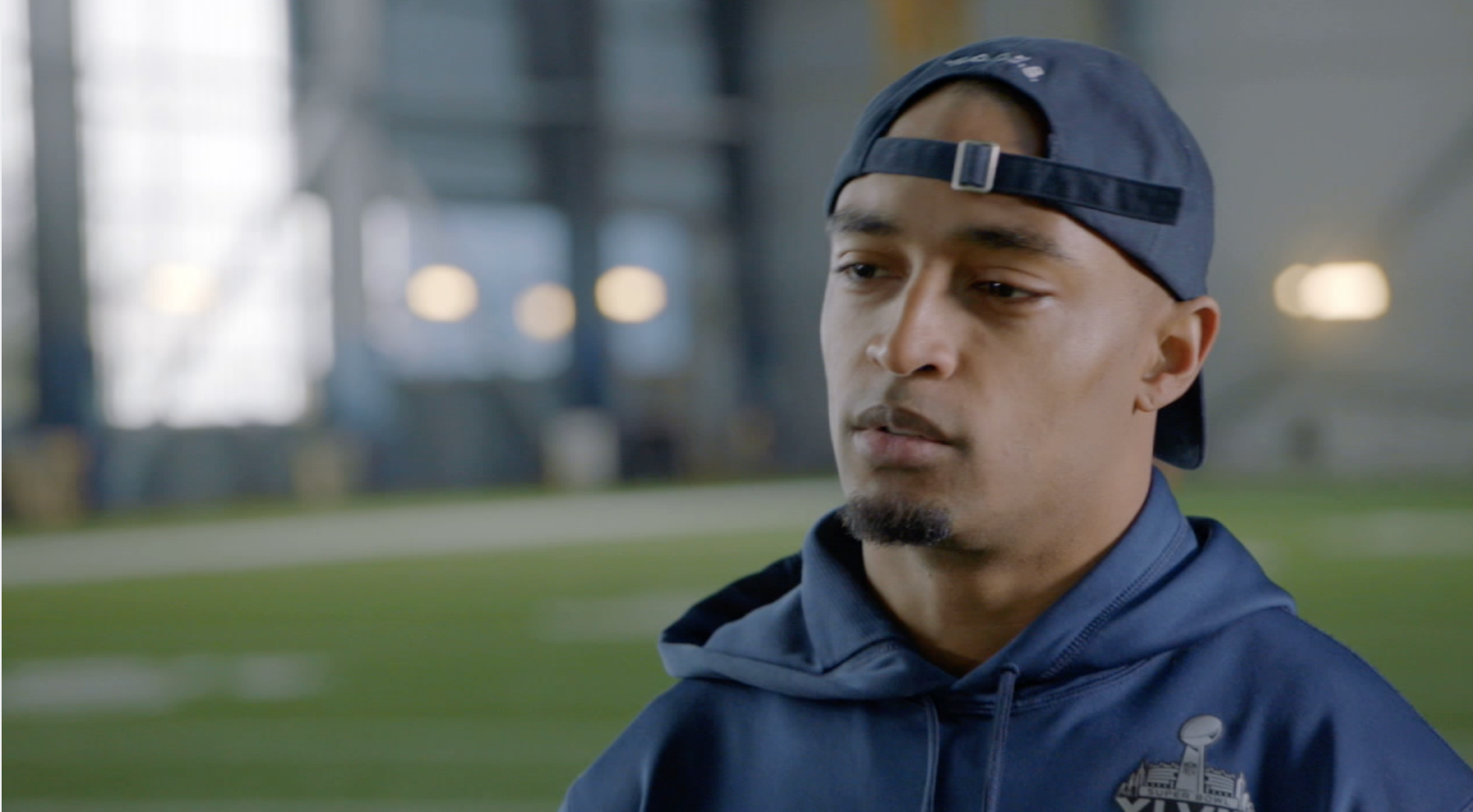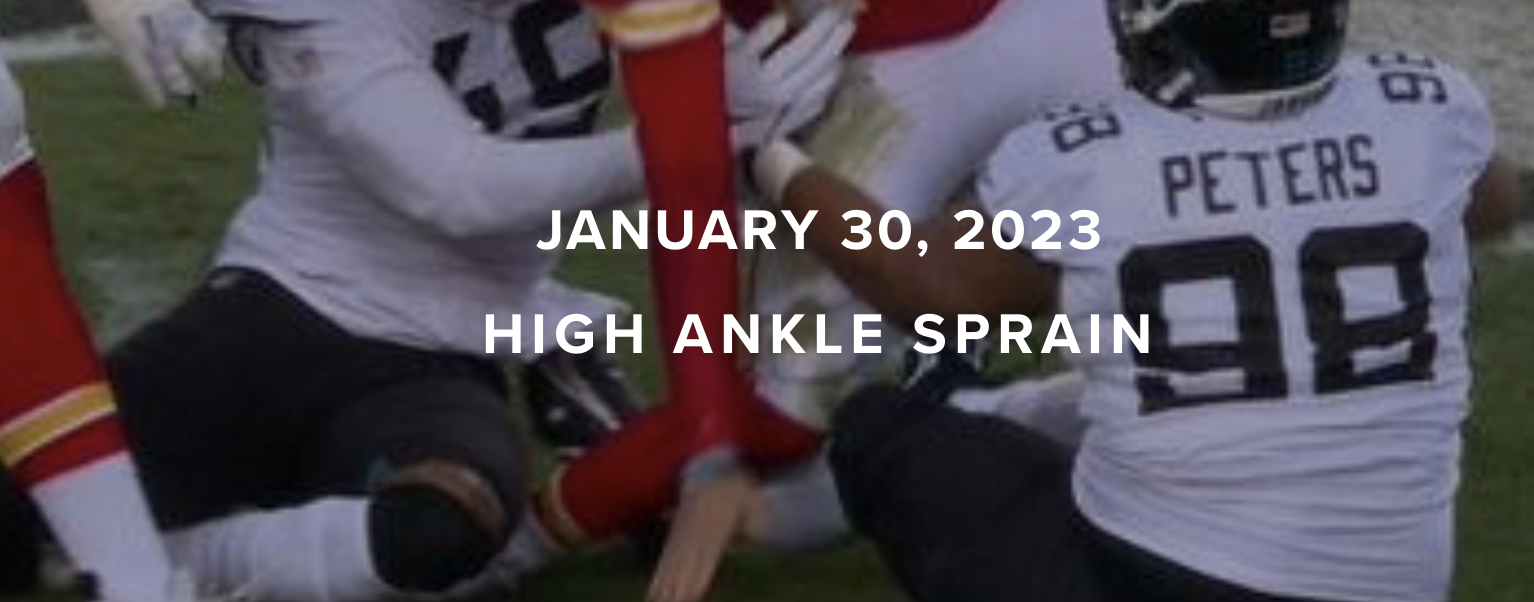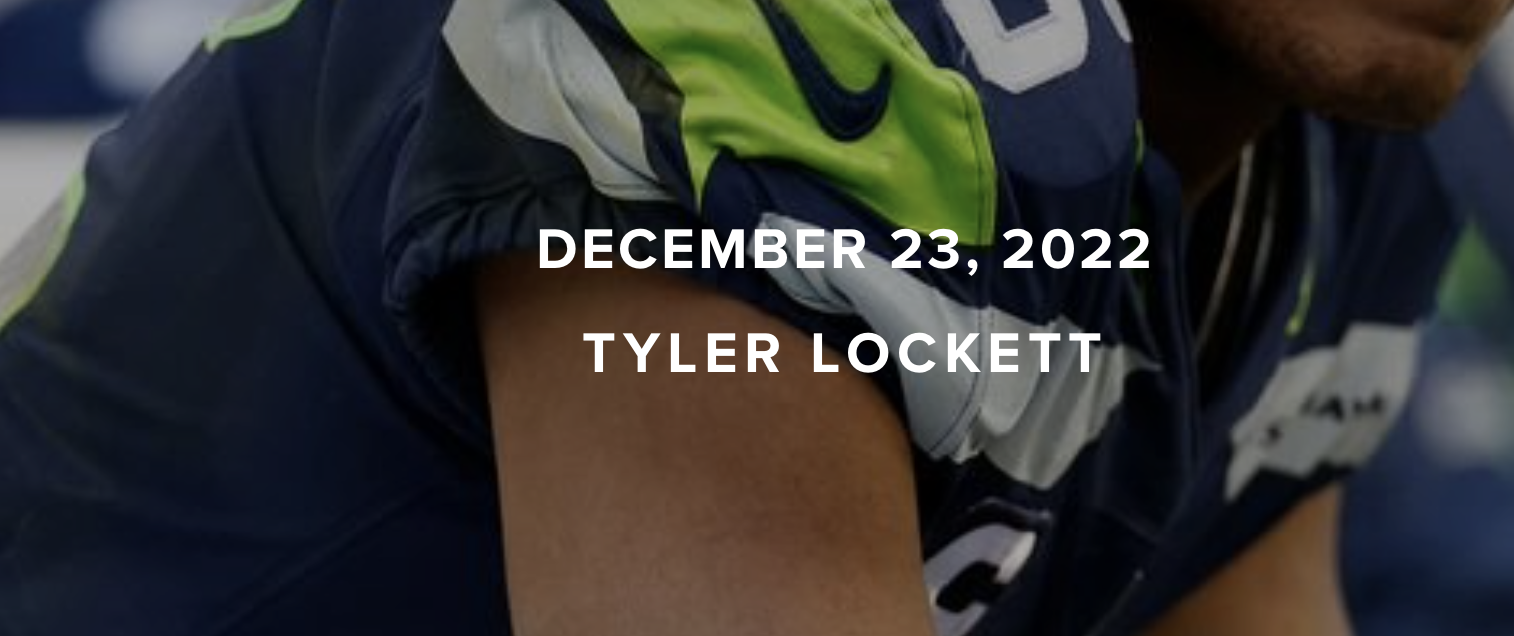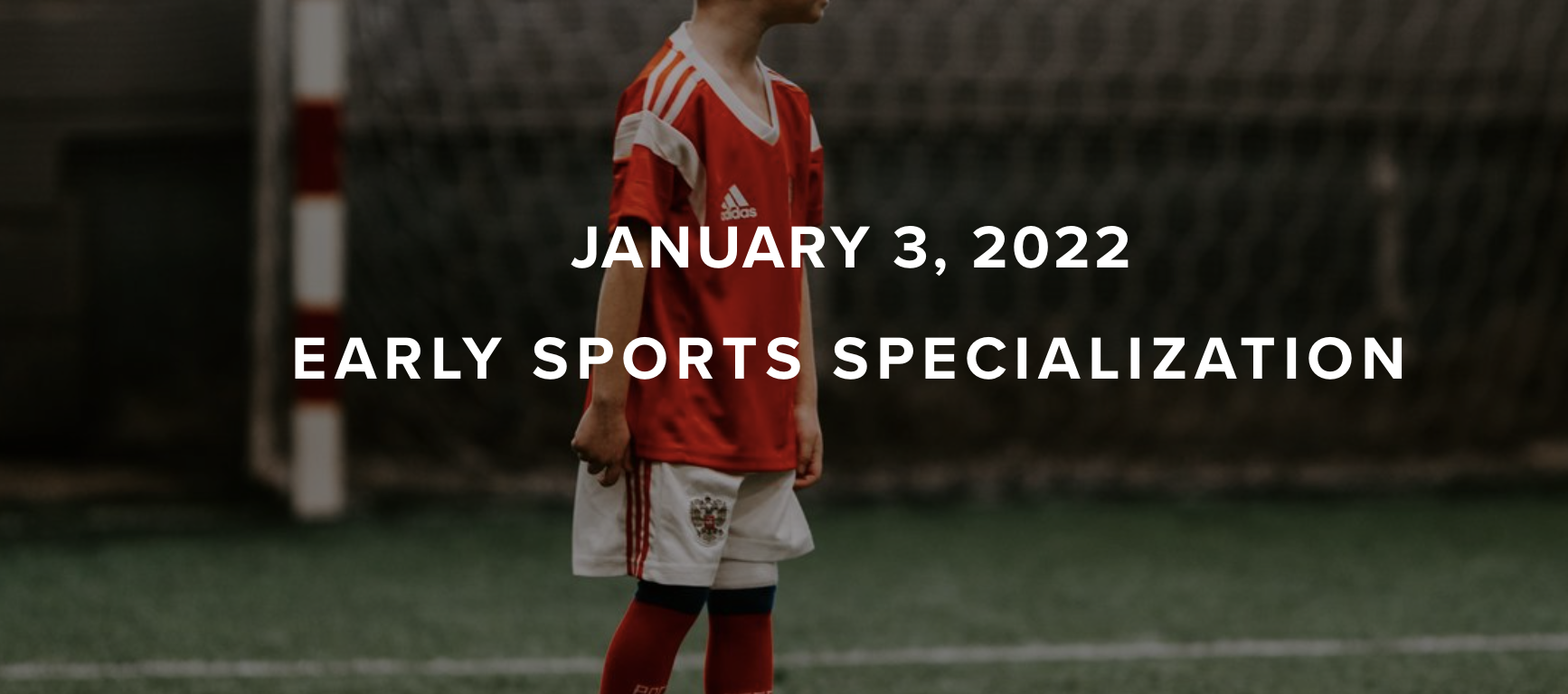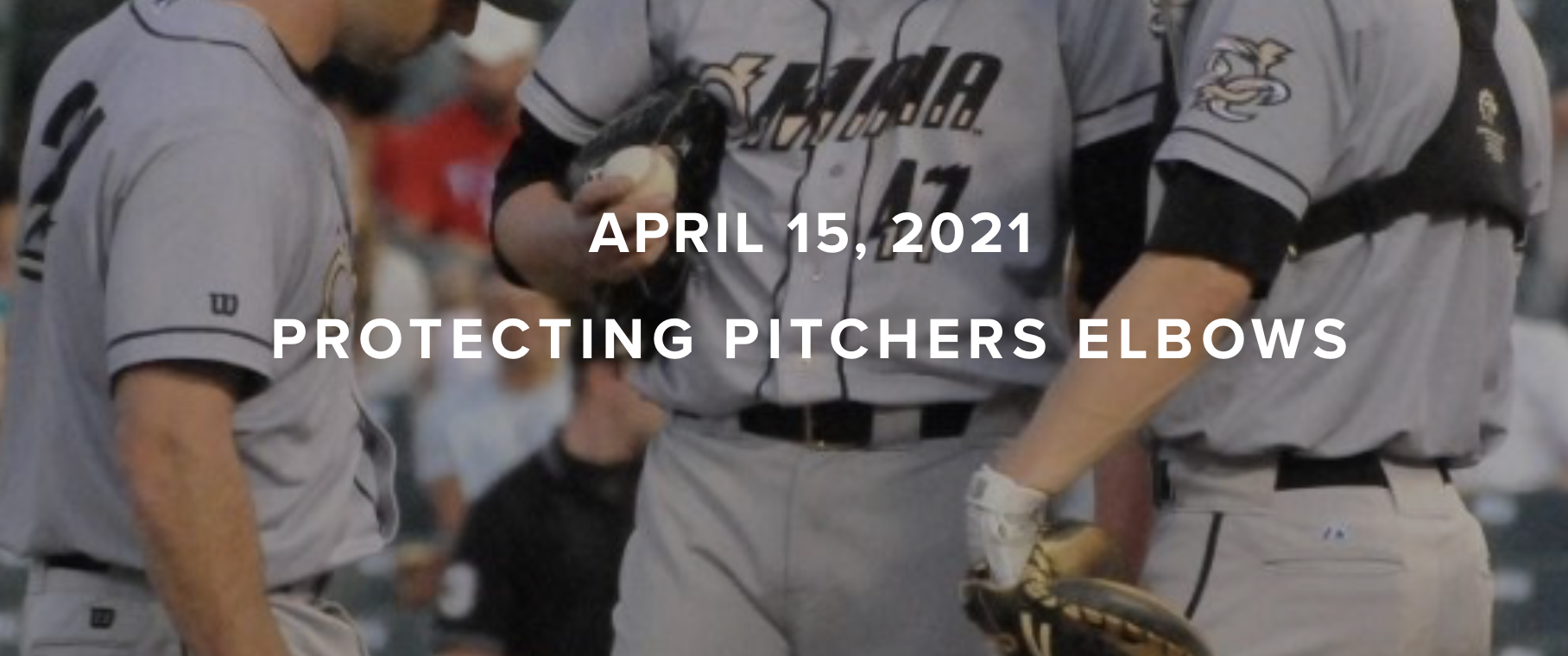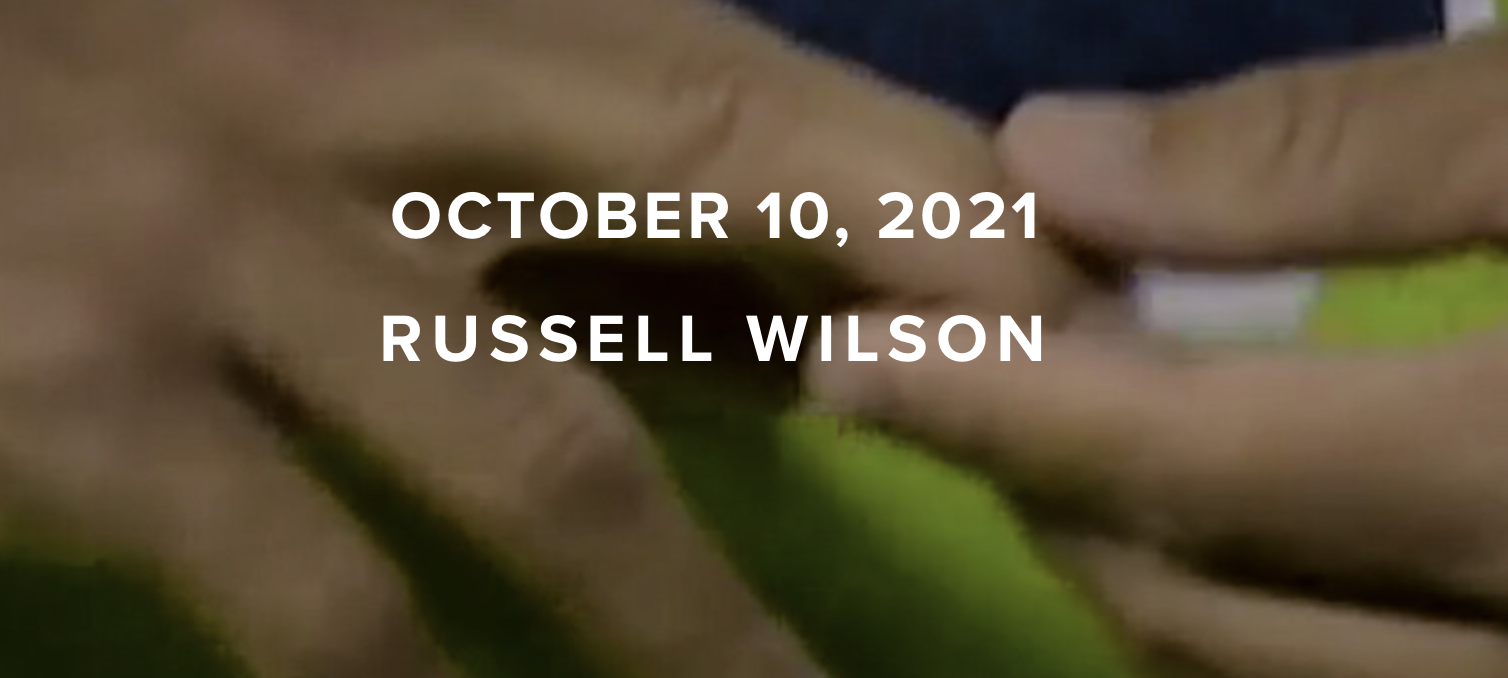Journey into the Mind
The dynamic that surrounds returning to sport after a serious injury.
What questions do we have:
Am I ready to return?
Is my structure fully healed?
What is it like getting back to competition?
I challenge all my athletes to develop an imagery program.
WHAT IS Imagery?
There are two main types of imagery that is beneficial for an athlete (external and internal).
External imagery, think of this as you’re watching yourself through a movie lens. What you expect to see from your body and surroundings such as crowds, other teammates, etc.
Internal imagery, imagine having a GoPro on your head or body and thinking about performing the movement in the first perspective.
Why and when should you use imagery?
Pre-training, during-training, post-training, pre-competition, during-competition, post-competition. Building routines with imagery is a great way to reduce anxiety. Athletes develop a routine prior to training. An example of this would be wearing headphones, sitting in silence, and imagining feeling how your legs feel. Put yourself in situations where you can vividly smell the court/field, feel your sweat through your face/hands, how heavy your arms/legs feel, and see the crowd in the stands/bleachers. The more you could practice imagining these factors the better your choices of mental and physical preparation.
Let’s take an ACL (anterior cruciate ligament) patient. An example of this would be going into PT and seeing your therapist perform a movement that made you mentally apprehensive to perform. Quick mental practice in your head. Let’s take a sideways lunge as an example of movement.
What do you have to do to perform that movement? Using imagery as a mental skill to perform the movement. You just saw your therapist do the movement, alright now, what do I feel like? What will I look like? What are you currently thinking about when you’re about to initiate the movement? Now, what was the first thing that went into your mind when you were first told to perform the movement?
What was your thought process?
I can’t do that
I’m scared because of my knee
It’ll hurt
See below for Doug Baldwin using mental skills to apply himself into game like situations:
Doug Baldwin (Founder of Theracentric HEP)
https://www.espn.com/video/clip/_/id/18421861
Learning to visualize these scenarios prior to an event may regulate your emotions, have better control of your environment, and honestly, you may end up with a positive outcome with all the repetitions and practice.
Sharpen your skills, and be as detailed as possible. I know that when I used to play basketball I remember being at the free throw line, 4th quarter, my team was down by 5 points in the playoffs. When I got to the line I noticed the fans in the crowd going crazy, cheerleaders stomping on the floor, and teammates at the free throw line sweaty, huffing, and puffing. Both coaches yelling at their players to get them ready after the 2nd free throw attempt. As I stand at that free throw line, I can feel the sweat drip through my jersey, down my arms. I could even see the sweat drip onto the free-throw line. Everything felt slow, I couldn’t hear anything, and it felt like I had tunnel vision. It was just me, the basket, and the ball.
When you read that, did you place yourself in my shoes? Did you feel like you were actually there? That’s exactly what imagery does for each of you athletes. The ability to apply imagery to your PT to perform your movements, the better your chances of reducing your anxiety and slowing the game down for you when you return to sport at 100%.
Stay tuned for more mental skills training, its relation to PT, and returning back to the sport.
Do you want to learn more about mental skills training? Answer below:
https://www.surveymonkey.com/r/TVBKGCW
MORE WEBINARS
MORE BLOGS
AUTHOR:
Victor Kollar, PT, DPT, CSCS, TPIc
LWPT Redmond Physical Therapist
CONTRIBUTORS:
Ben Wobker, PT, MSPT, CSCS, CFSC, SFMA
Founder & Director Lake Washington Physical Therapy
Dr. Avi Goodman, MD
Orthopedic Hand Surgeon Evergeen Health
Dr. Ghislaine Robert, MD
Sports Medicine Physician
Dr. Dayne Mickelson, MD
Orthopedic Surgeon
Sources:
Hardy MA. Principles of Metacarpal and Phalangeal Fracture Management: A Review of
Rehabilitation Concepts. Journal of Orthopedic and Sports Physical Therapy. 2004; 34:781-791.
Kathleen M. Kollitz et al. Metacarpal fractures: treatment and complication. American
Association for Hand Surgery. 2013, Springer, Published online: 16 October 2013, HAND
(2014) 9:16–23.
Thomas B. McNemar MD, Julianne Wright Howell PT, MS, CHT, Eric Chang MD. Management
of metacarpal fractures. Journal of Hand Therapy. Volume 16, 2003; 2:143-151.



